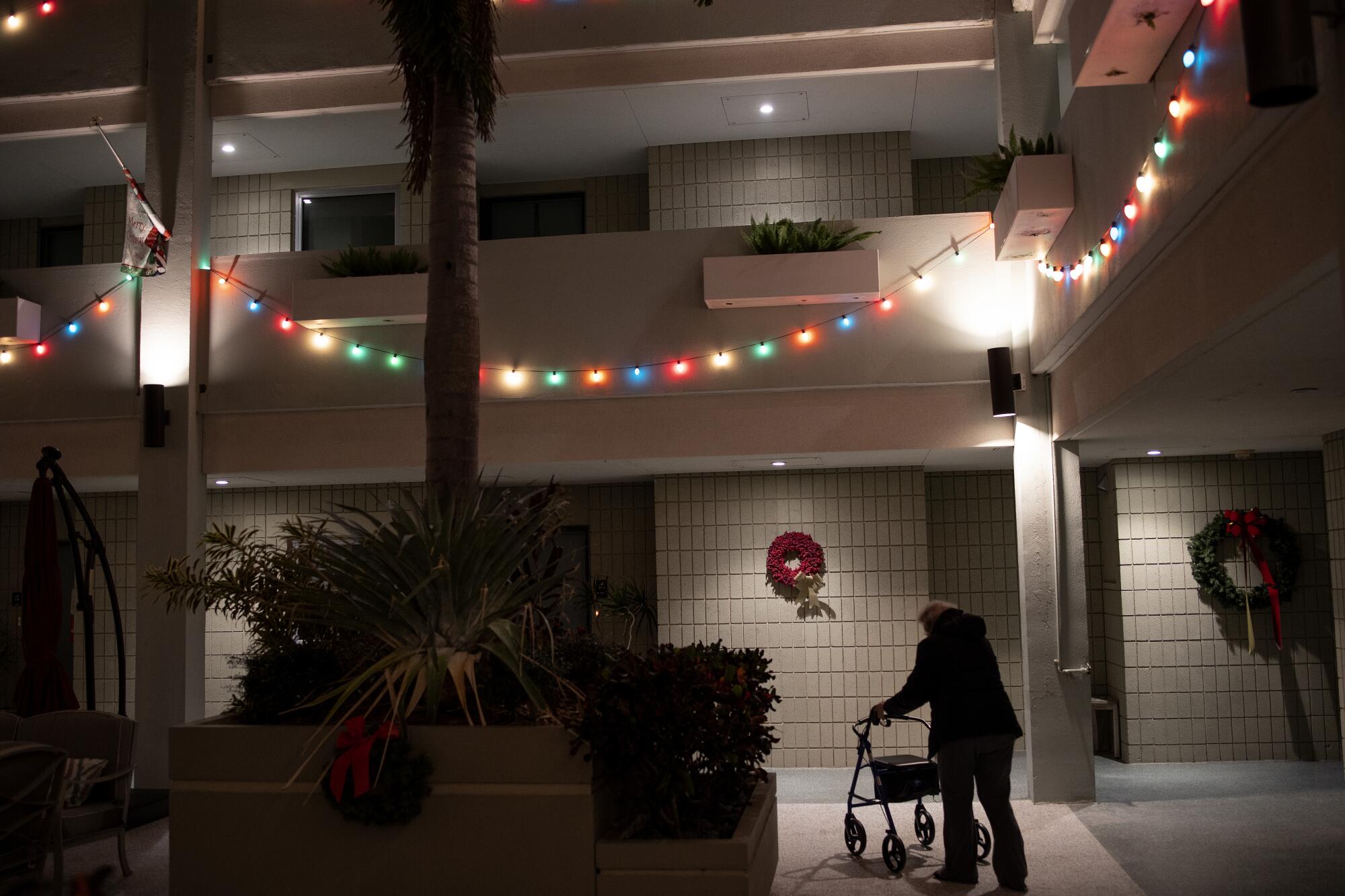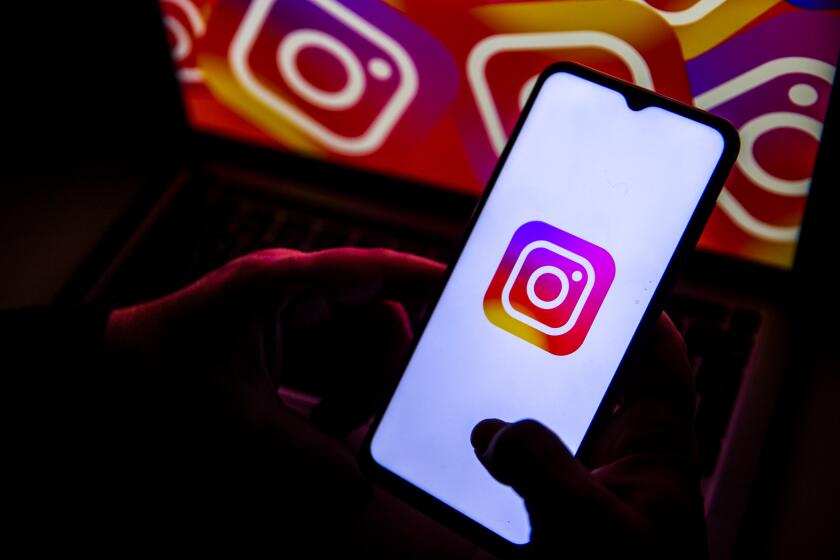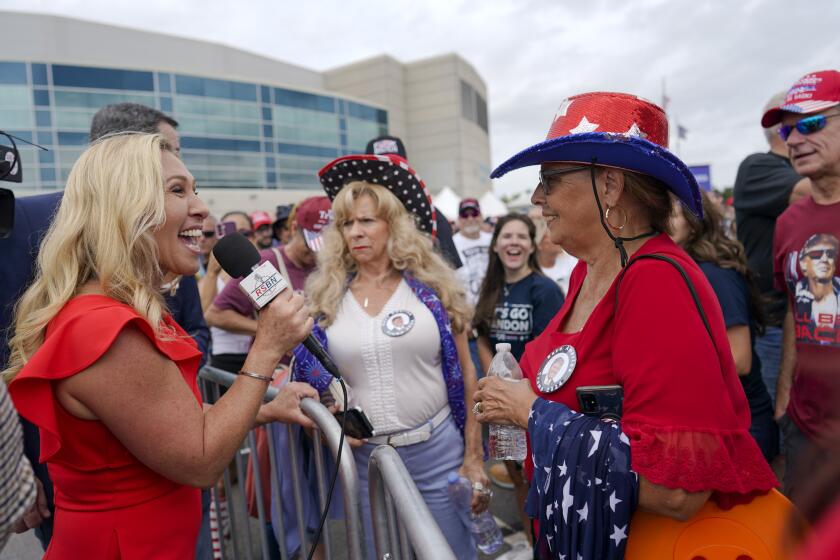
- Share via
We are living in an age of placeless possibility: a time when we can instantly get in touch with another person no matter where they are on the planet through any number of media. We can catch up with friends and family, network, and even date virtually. We can connect with hundreds simultaneously Zooming in from far-flung locations.
Based on all this, it would be easy to assume that place no longer matters. But in a world that is going increasingly virtual, place actually matters far more than we realize. While technology can increase the quantity and efficiency of our connections, the relationships that matter — the ones we depend on so much for our well-being — are rooted firmly in physical places.
At the same time, “an increasing portion of the U.S. population now experiences isolation regularly,” wrote Julianne Holt-Lunstad, a Brigham Young University psychology professor who has studied the problem extensively. We are more likely to live alone, less likely to be married and having fewer children than previous generations.
Without social media to occupy me at all times, my mind went empty: gloriously empty, with space for nature and new ideas. It was exhilarating.
Many of us live across the country or even the world from our closest friends and family. A 2020 study by Cornell University’s Karl Pillemer found that more than a quarter of us are estranged from a close relative. Put another way: We have fewer guests at our holiday gatherings than we used to.
Our growing social disconnection and isolation have become a public health crisis, harming childhood development, contributing to more deaths of despair and exacerbating polarization and mistrust. Many studies have shown that health and happiness depend on the strength of our relationships — not just with family and friends but also with acquaintances, neighbors and the rest of our broader social support networks. And as the COVID-19 shutdowns taught us, online relationships are not comparable stand-ins for in-person interactions.
We often feel helpless in the face of this large-scale social disconnection. But each of us can take a step to address it this holiday season by inviting a neighbor to join us for a meal.
Engaging with the other side is the only hope for pulling Americans out of the orbit of Marjorie Taylor Greene and her ilk.
Modern life downplays the importance of the relationships, commitments and experiences shared among neighbors. But we should not underestimate the strength of the bonds that shared geography can create between people who might otherwise feel little connection and may even be on opposite sides of ideological divides. Like family and friends, neighbors are “relational nutrients to a healthy person,” noted Howard Lawrence of the Abundant Community Initiative in Edmonton, Canada.
Neighborhood ties are especially important in times of crisis. During a deadly 1995 heat wave in Chicago, the North Lawndale neighborhood suffered more than six times as many fatalities as South Lawndale even though the two places were socioeconomically similar. In his “social autopsy” of the incident, the sociologist Eric Klinenberg attributed the difference to South Lawndale’s healthy social life, robust civic organizations and low crime rate, which nurtured greater social connectivity and stronger norms related to helping those in need.
Our culture prizes the ability to work through our issues and figure things out for ourselves. If a child gets sick at school and needs to be picked up in the middle of the workday, many of us are more likely to muddle through than call on a grandparent, family friend or neighbor. And fewer of us can turn to local organizations, religious congregations or other place-based support networks that were pervasive in earlier generations.
Too many of us are unwittingly choosing efficiency over depth of connection. We might think our time is much better spent at the gym than at a neighborhood block party or community fundraiser. Corporate culture reminds us that time is money, so we hoard our precious few hours of free time to ourselves.
This comes at a cost: “If we don’t know our neighbors, aren’t active in local community life, pay for others to raise our children and service our elders, and try to buy our way into a good life, we pay a large price,” John McKnight and Peter Block wrote in “The Abundant Community.” “We produce, unintentionally as it might be, a weak family, a careless community, and a nation that tries hopelessly to revive itself from the top down.”
It’s time to reverse course. What is efficient in the moment may not be what’s best for us or our society over time.
Holiday celebrations often revolve around family, but this season also provides great opportunities to extend a hand to those who live nearby, especially those who might be alone or going through a difficult time. Do your part to reduce isolation and division and take the initiative to invite a neighbor over for dinner.
Seth D. Kaplan is a lecturer at Johns Hopkins University’s School of Advanced International Studies and the author of “Fragile Neighborhoods: Repairing American Society, One Zip Code at a Time.”












